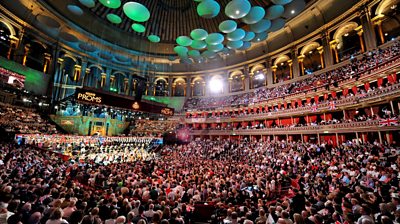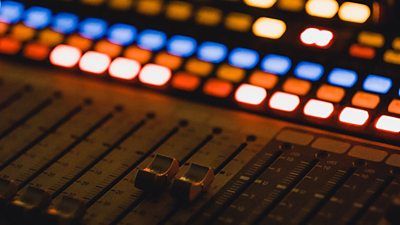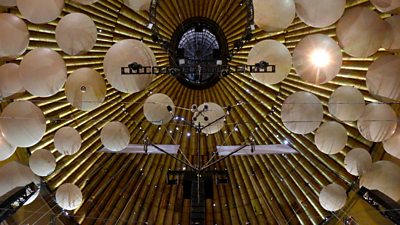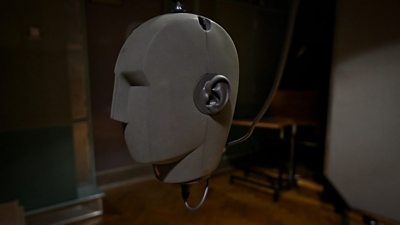
What is spatial audio?
Spatial audio is a way of creating sound in 360 degrees around a listener. Sound can come from any place in a sphere.
It takes two forms - binaural and object-based. Binaural sound is used in headphones. Object-based sound is for television, radio and loudspeaker listening.
The 麻豆社 has used spatial audio to record the 麻豆社 Proms, Doctor Who and the Turning Forest VR fairy tale. It can be used as part of 360 video, standard video or radio. This guide is to help producers explore how to use spatial audio in their productions.
How does spatial audio sound?
Spatial audio is so similar to what we hear in real life, it has the potential to immerse the listener more fully than standard audio. 麻豆社 Academy technology trainer, John Heraty, demonstrates. Put your headphones on.
Which microphone should I use?
Binaural heads
A pair of mics inside a dummy head used to record binaural sound. A polystyrene wig head and silicone ears with mic capsules can be used for testing. For productions use a specially designed head.
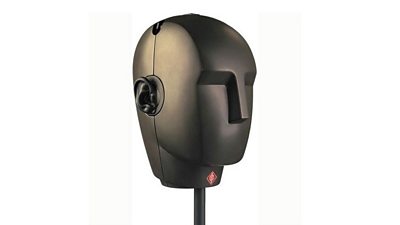
Ambisonic mic
A microphone with four cardioid microphones pointed in different directions - a tetrahedral shape. It requires a software-based decoder to convert the front-back, up-down, left-right signals. Various models are available.
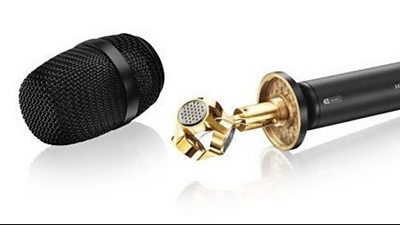
Portable recorders
Field recorders with in-built multi-mic ambisonic/surround sound arrays. These can be used in conjunction with 360掳 cameras and software plug-ins from their manufacturers or third parties.
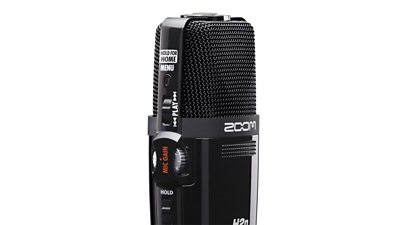
In-ear microphones
DIY in-ear mics have been used by the 麻豆社 for recordings but are now commercially available. These can produce realistic spatial audio. If the listener鈥檚 head is very different to that used for recording, the effect is less convincing.
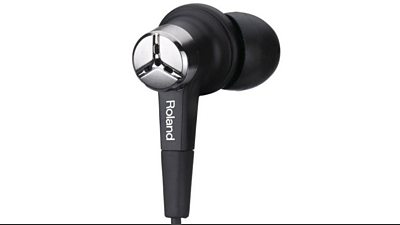
What are the rules and pitfalls?
Don't use spatial audio for its own sake. Ask how it will improve the storytelling. Will it add atmosphere, drama, thrill or fear?
- Practise - Use a dummy head and microphone to practise your sound before recording.
- Line up your sound with the shots - Make sure the source of the sound is in line with what the viewer can see.
- Use it consistently - Turning the spatial element on and off becomes distracting. Use it throughout for atmosphere and emphasise it when making a point.
- Don't combine microphones - Don't try to mix binaural microphones with lapel and boom mics unless you intend to synthesise them in post-production.
- Be aware of distance - In post-production with a mono mic, ensure you alter the sound as the source moves nearer to, further from or around the camera.
How much does it cost?
Creating spatial sound adds costs in terms of the start-up kit, time in production and post-production.
Initial start-up costs can be as low as 拢85 for in-ear mics to 拢1,500 for higher-end mics. Good mics with free software plug-ins may appear cheaper but require good digital audio workstations and are not as effective as purchased software.
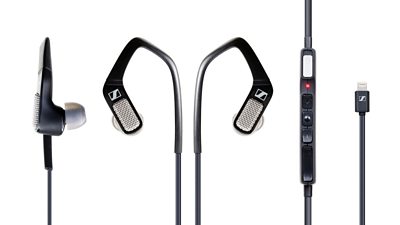
Experiment first
Experimenting with polystyrene wig stands and two lapel microphones can save money by allowing production techniques to be tried cheaply before recording for real.
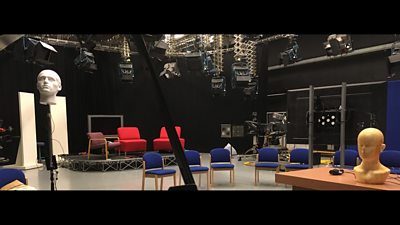
Kit is expensive and recordings hard to fix in post
If you use professional binaural microphones you will be limited in what you can alter in post-production. This means you'll need to spend more time recording to get performances and atmos that work together. The binaural head shown here cost 拢6,500.
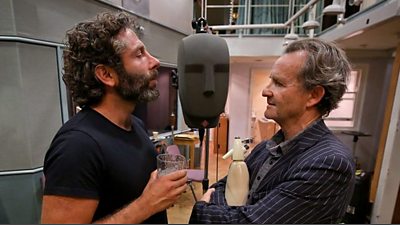
If you use mono mics, the sound can be processed in post using software-generated synthetic binuaural. Audio can be panned and artificial rooms created. This requires specialist software and studio time. Practise using free plug-ins.
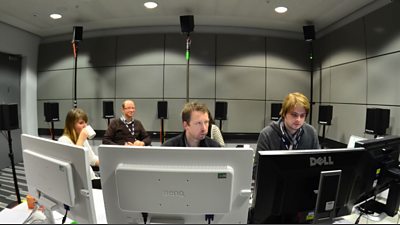
How do I start?
Binaural or object-based?
To experiment it's easiest to start with binaural sound. You can capture spatial audio using simple in-ear mics. Little can be changed in post-production but you can create good effects using free software plug-ins which can be used with most digital audio workstations and will allow steering of mono sounds around the listener.
To include spatial audio in a future programme, object-based audio is the best solution. Object-based audio involves capturing sound using mono mics that are moved in space during post-production. 麻豆社 R&D is developing standards for object-based audio files. These will be future-proofed and can be re-purposed for any platform.
麻豆社 staff wanting advice should contact:
- Chris Pike, 麻豆社 R&D lead audio engineer
- Tom Parnell, 麻豆社 R&D research studio manager, audio team
- John Heraty, 麻豆社 Academy technology trainer
Sign up for the spatial audio course
The 麻豆社 Academy has launched a spatial audio course for 麻豆社 staff. Its aim is to create competent spatial audio studio managers, sound operators and producers. Speak to John Heraty for details.
